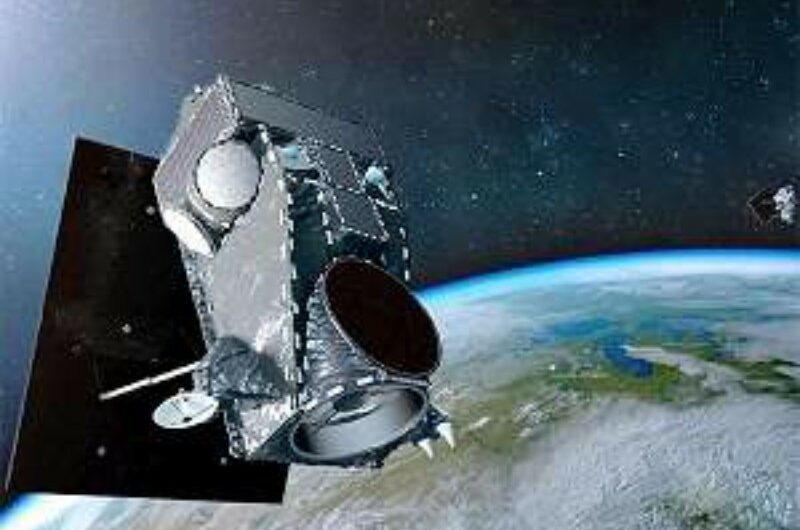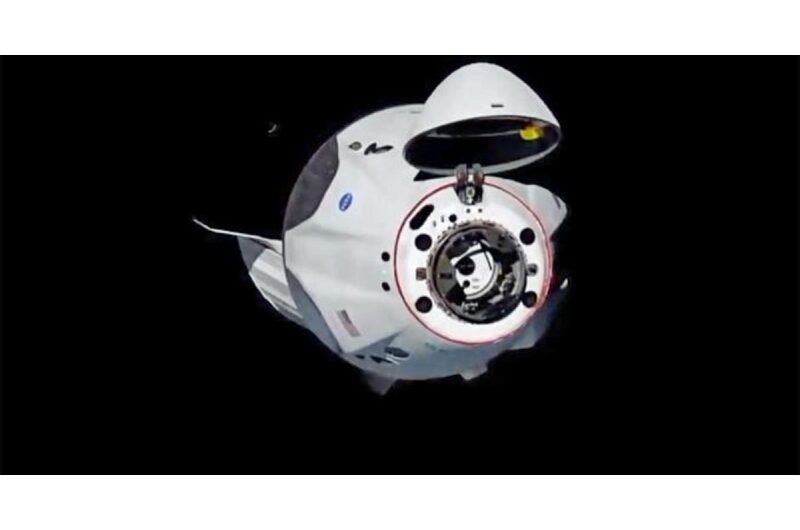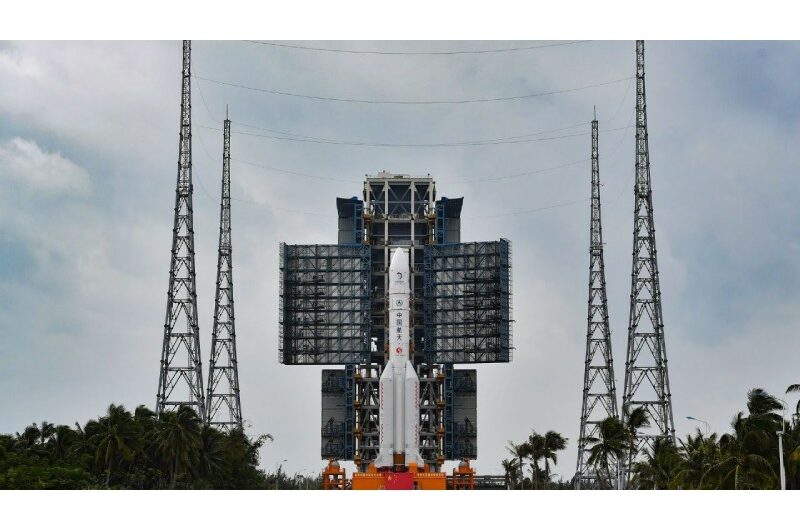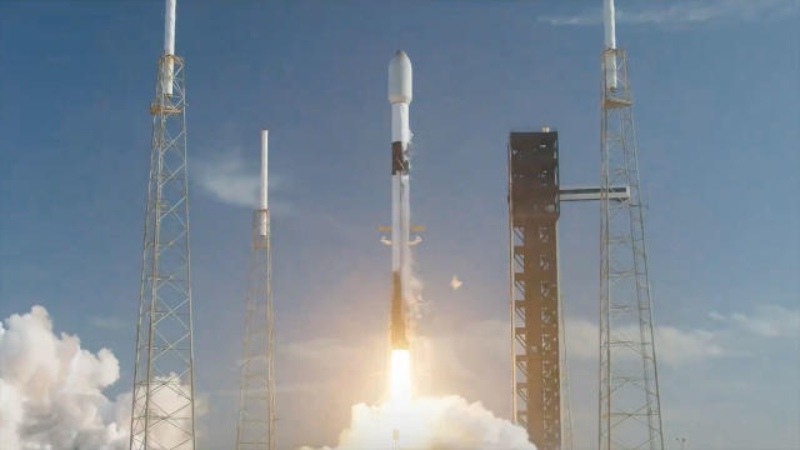SpaceX has again shattered its record for reusing rockets.
On Friday, April 12, at 9:40 p.m. EDT (0140 GMT on April 13), a Falcon 9 rocket from Florida’s Cape Canaveral Space Force Station sent 23 of SpaceX’s Starlink broadband satellites into orbit.
According to a SpaceX mission description, it was the 20th launch of this specific Falcon 9 first stage, setting a new record for the company’s reusability. On this day in 1981, NASA launched the space shuttle for the first time, marking 43 years since that historic inaugural flight.
The first stage of the Falcon 9 returned to Earth on schedule, landing on the drone ship A Shortfall of Gravitas, which was positioned in the Atlantic Ocean off the coast of Florida, approximately 8.5 minutes after launch.
Meanwhile, the top stage of the Falcon 9 proceeded to deliver the 23 Starlink satellites to low Earth orbit (LEO). It was planned for the spacecraft to be deployed there around 65.5 minutes following launch.
Elon Musk, the CEO and founder of SpaceX, aspires to assist humanity in colonizing Mars and accomplishing numerous other audacious exploration goals. A crucial component of this plan is the capacity to reuse rockets, which will lower costs and improve the frequency of spaceflight.
Therefore, SpaceX’s reuse track record is not that long. 19 flights for a Falcon 9 booster made up the previous record, which was first established in December 2023 and then repeated in February and March 2024.
As of right now in 2024, SpaceX has launched 38 orbital flights. The majority of them have been devoted to expanding its Starlink broadband megaconstellation, which has about 5,650 active satellites at the moment.
Topics #Falcon 9 rocket #NASA #SpaceX










